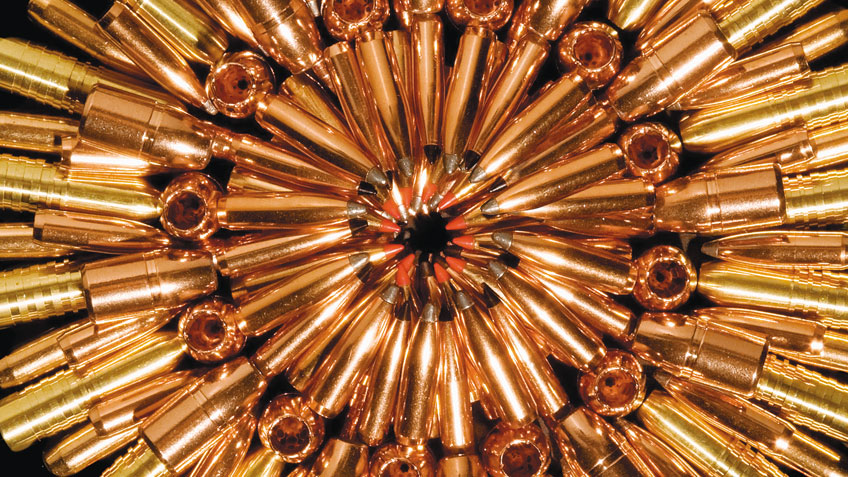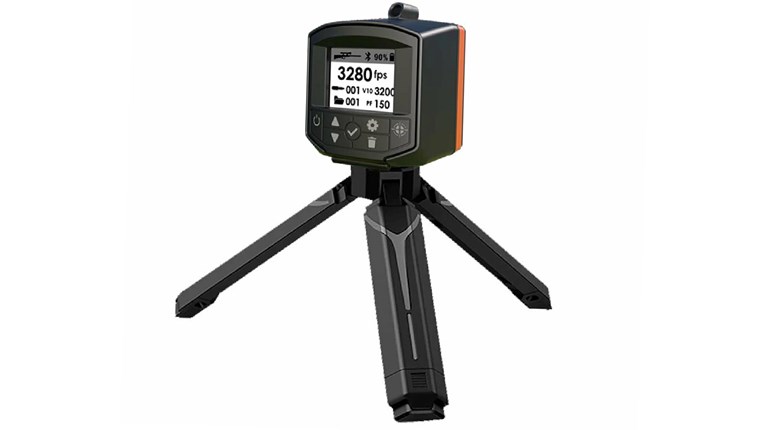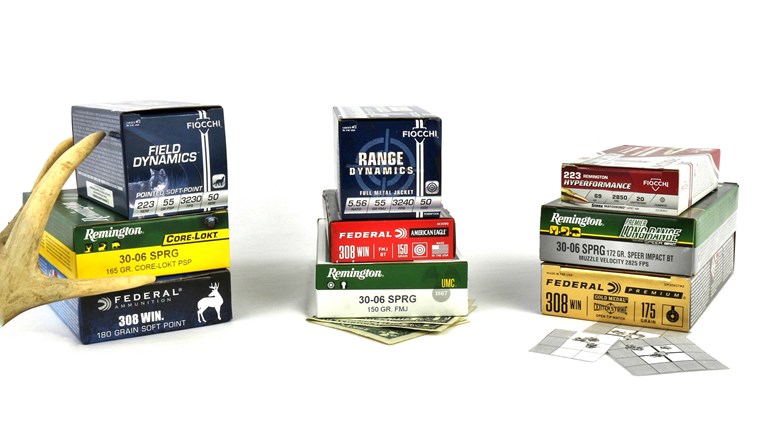
“Mama told me, when I was young...” If you have to Google those lyrics to find out what song they belong to, you’re definitely not a redneck. You are, however, either past your prime in life or are not there yet. I didn’t think of this song because I was looking at the bottom of an empty bourbon bottle, or because I was having a sentimental moment recalling my high school days. I thought of it because firearm manufacturers, gunwriters and the guy behind the counter at your local gun shop often over-complicate ammo.
A number of terms are thrown around with regard to ammunition and their importance, and sometimes meanings are misunderstood. Since I am a “simple man,” I’m going to—like my Grandpa used to say—set you on the straight and narrow.
Velocity
Velocity (or the speed of the bullet) is rather important. In conjunction with the ballistic coefficient (BC), it determines trajectory. In conjunction with bullet weight and design, it determines power. Depending on how the bullet is made, velocity directly influences expansion. And, in most cases, higher velocities mean more tissue damage. This is why the .357 Mag. expands more in media than a .38 Spl., why a .300 Win. Mag. shoots flatter than a .308 Win. and why ammunition marked “+P” sells so well. (We’ll get to +P in a minute.)
Kinetic Energy (KE)
This is a number that is obtained by squaring a bullet’s velocity and then multiplying the result by its weight. The product of this mathematical function is then divided by 450,400. By itself, KE means very little. It will not tell you how deep a bullet will penetrate, how much tissue it will damage or how wide it will expand. Yes, it is an expression of power but without consideration for bullet design, it’s meaningless. It does correlate fairly well to recoil; the more KE a cartridge generates, the harder it will kick.
Momentum
This is basically another way of talking about energy, but momentum favors heavy bullets as opposed to high velocity. If you like heavy bullets, only recite momentum figures. If you like fast bullets, stick with KE numbers. Both are best used for winning arguments and little else.
Ballistic Coefficient
This is a somewhat magical term that’s supposed to reflect a bullet’s ability to overcome air resistance. It is not a constant, it’s often guessed at and it has very little bearing on anything unless you’re shooting beyond 300 yards. If you’re a long-range shooting kind of guy, select the bullet with the highest BC, but don’t fret over minute differences. Velocity, consistency and precision will always trump BC.
Sectional Density (SD)
Ah, this is my favorite. Many contend bullets with higher sectional densities will penetrate deeper. Sectional Density is the ratio of a bullet’s mass to its cross-sectional area. It does not take into account how—or of what—the bullet is made. A 125-grain .357-caliber bullet made of copper and lead has the exact same SD as a .357-caliber bullet made of pure chocolate.
If you have a .38 Spl. like my grandfather did, the first bullet would be good for shooting bad guys, the second will only work on the Easter Bunny. Since a bullet begins to expand immediately after impact, its cross sectional area changes immediately. Unless you’re shooting non-expanding bullets, the only SD numbers that really matter are those from the expanded/deformed projectile. Those numbers, in conjunction with velocity, can be used to predict penetration.
Three .40 S&W 180-grain loads were tested in 10-percent ordnance gelatin. Muzzle velocities varied by only 30 fps, and all three bullets had the exact same SD. The Winchester PDX1 bullet penetrated 11 inches, the Golden Saber 14 inches and the Remington JHP 17 inches. Bullet expansion or deformation varied by 28 percent, and was the determining factor with regard to penetration. The bullets that expanded the most penetrated the least.
+P Loads
I said we would talk about +P. Ammo labeled +P means it has been loaded to a higher pressure than non +P. For example, the maximum average allowable pressure for non +P .38 Spl. loads is 17,000 psi. The maximum for +P .38 Spl. ammunition is 18,500 psi. That’s an increase of about 9 percent, which translates to a velocity increase of about the same. The increased velocity can aid with expansion, but in reality the +P label is better at selling ammunition than enhancing lethality.
When it comes to ammunition, don’t get so caught up in the minutia that you lose sight of the primary goal and that’s to hit where you’re aiming, and that the gun goes bang every time you pull the trigger. For defensive shooting, reliability is priority number one. If it does not work, it cannot save you. For everything else, accuracy and precision get the nod.
Small differences in velocity, energy, momentum, BC or SD will have such a minute influence on the target— be it paper or flesh—that you will not be able to measure or quantify the variance. A piece of paper cannot determine the BC of the bullet that hits it, and a bad guy or the medical examiner cannot see or measure the difference in handgun bullets impacting with a slight energy/momentum/velocity variation. The true measure of ammunition is the cumulative values of all these characteristics and whether it hits or misses.




































